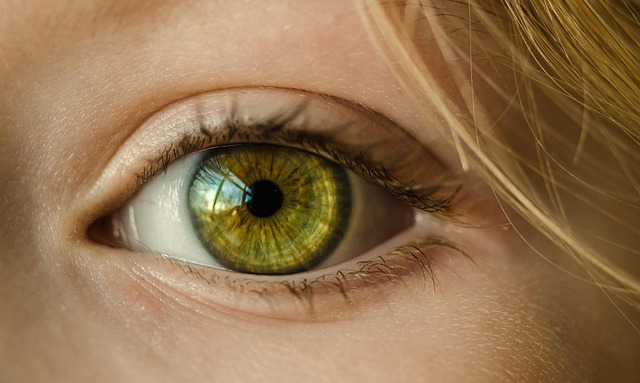Color has always been the lifeblood of visual language, but the way artists use it to capture the essence of modern design is a journey that blends science, emotion, and innovation. At the heart of this exploration lies the word “quintessence,” a term that suggests an idealized purity and the most concentrated form of a concept. In painting, quintessence becomes the distilled truth of color: the moment when hue, value, and saturation coalesce to convey meaning, mood, and movement with a single brushstroke.
The Historical Roots of Color’s Quintessence
From the ochre pigments of Paleolithic cave walls to the luminous ultramarines of the Renaissance, artists have always sought a purer expression of light. In the 19th century, the advent of synthetic pigments expanded the palette, enabling artists to push the boundaries of color fidelity. Yet, it was the Impressionists who first challenged the notion that color merely represented objects; instead, they treated it as a means to capture fleeting sensations.
- Claude Monet’s series of haystacks, where each canvas explores a different light condition.
- Vincent van Gogh’s swirling skies, where saturated reds and blues evoke emotional intensity.
- Edgar Degas’s subtle pastel palettes, revealing the quiet drama of dancers.
These pioneers discovered that the quintessence of a scene often lay not in accurate replication but in the deliberate manipulation of color to stir perception.
Color Theory: The Science Behind the Quintessence
While artistic intuition plays a significant role, the scientific study of color offers a roadmap for achieving that elusive pureness. The RGB model, used in digital displays, and the CMYK model, foundational to print, both rely on combining basic color components to generate a spectrum of hues. However, modern design often draws upon a more holistic understanding of color interaction.
“Color is the immediate response of our brain to light, and understanding its psychological impact is essential to creating powerful visual narratives.” — Dr. Elena Ramirez, Color Psychologist
In practice, designers and painters use color wheels to explore complementary pairs, analogous series, and triadic schemes. The concept of hue harmony is essential for crafting a composition that feels balanced yet dynamic. When a painting leans too heavily on one side of the wheel, the result can feel static; when it incorporates complementary extremes, it can feel chaotic. The key is to find the sweet spot where color exudes clarity and purpose—the quintessence of the piece.
Modern Design Movements and Their Color Quints
Contemporary artists and designers continually reinterpret the notion of color quintessence, pushing both technical and philosophical boundaries.
- Minimalism – This movement strips away excess, focusing on singular, often monochromatic palettes that highlight form and texture. The quintessence here is achieved by reducing visual noise, allowing the viewer to engage deeply with the subtle shifts in tone.
- Pop Art – Bright, saturated colors are employed to celebrate everyday objects and consumer culture. The quintessence emerges from the juxtaposition of high and low art, creating a vibrant critique that feels both accessible and profound.
- Digital Immersion – With the rise of AR and VR, designers harness dynamic lighting and interactive color transitions. The quintessence becomes a moving experience, where color responds to user input, blurring the line between viewer and creation.
Each movement demonstrates that color’s quintessence is not static but evolves with technological and cultural shifts.
Case Study: The Palette of a Contemporary Masterpiece
Consider the recent work of artist Maya Lin, whose abstract landscape series employs a muted palette of greys, blues, and earth tones. By concentrating on tonal gradations rather than overt saturation, Lin captures the subtlety of morning fog and the quiet gravity of distant horizons. Critics note that her use of color is a deliberate distillation—a true quintessence of nature’s fleeting moods.
“Maya Lin’s paintings feel like a meditation on absence and presence, where every shade serves a purpose, and no hue is superfluous.” — Art Critic Jonathan Hsu
Lin’s technique underscores how achieving color quintessence involves restraint, intentionality, and an intimate knowledge of how human perception interacts with light.
Practical Tips for Achieving Color Quintessence in Your Work
Whether you are a fine artist, a graphic designer, or an interior decorator, the principles of color quintessence can elevate your creative output. Here are actionable strategies:
- Start with a strong concept: Identify the core emotion or message you want to convey before selecting colors.
- Limit your palette: Choose 3–5 colors that support each other harmoniously. Too many options dilute the impact.
- Experiment with value: Adjust lightness and darkness to create depth without relying on saturation alone.
- Use reference: Observe natural scenes, photographs, or artworks that embody the emotional tone you seek.
- Iterate: Paint small studies or digital mock-ups to test how color behaves in your composition.
By applying these methods, you can refine your visual language to resonate more profoundly with your audience.
The Role of Technology in Color Exploration
Modern software offers unprecedented control over color manipulation. Tools such as Adobe Color, CorelDRAW’s color wheel, and even AI-driven palettes allow creators to analyze hue relationships, predict viewer responses, and generate novel combinations. Machine learning models can now suggest color schemes based on mood descriptors, enabling artists to reach a desired quintessence more efficiently.
Despite the convenience of technology, the essence of color remains rooted in human experience. A digital palette can guide, but the final artistic decision—how to balance vibrancy against subtlety—depends on the creator’s intuition and intent.
Conclusion: Embracing the Quintessence of Color
Color’s quintessence is a living concept, a bridge between the tangible and the abstract. It demands that artists and designers see beyond the surface, to the underlying emotions and narratives that colors can evoke. By mastering both the science and the art of color, we can craft works that are not only visually striking but also deeply resonant.
In the evolving landscape of modern design, the pursuit of color quintessence encourages continual experimentation and mindful practice. Whether you’re glazing a canvas or designing a user interface, let the distilled purity of hue, value, and saturation guide your creative journey, and you will discover that color is not merely a visual element but a powerful vehicle for expression.


